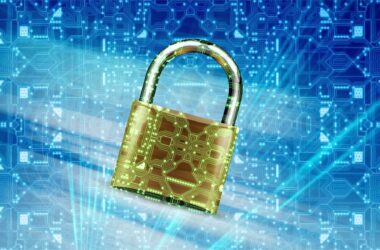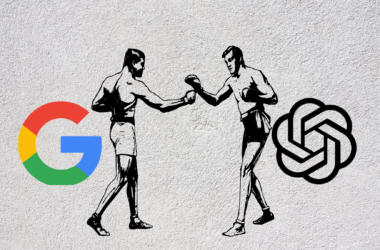As NFTs have grown popular, so have many related terms and phrases; one such phrase is “NFT Wash Trading.”
NFTs(Non-Fungible Tokens) are digital tokens which exist on the blockchain; they represent ownership of unique, irreplaceable items. Just like Art, The worth of an NFT is determined by what people are willing to pay for it. In essence, Prices are driven by demand.
Now, What Is NFT Wash Trading?
Wash trading, also known as round-tripping, is a form of market manipulation done when an investor buys a financial instrument and sells it back to himself many times. This increases the instrument’s trade volume, creating the illusion that the asset is worth more than it actually is.
NFT Wash Trading is a kind of scam used to manipulate markets, create a false sense of high demand, and consequently drive up the price of an NFT.
A buyer and seller can sell an NFT back and forth to increase the cost but only publicly report the first sale. Eventually, both the NFT and money are returned to the original seller, of which the buyer and seller are often the same “bad actor.”
How Exactly Is This Done?
Basically, NFTs are minted through Smart contracts that assign ownership and reassign it when transferred or resold_____ Smart Contract specializes in recording NFT activity.
In simpler terms, every time an NFT/token is traded, the activity is automatically recorded by its smart Contract, and the details are displayed to anyone interested.
By continually trading an NFT, the guise that there is demand for that token is created when, in reality, there is not. When prospective buyers come along, they will be deceived into paying a high amount, thinking they’ve bought a valuable asset, not knowing it is an average, overpriced NFT.
Do NFTs Aid Money Laundering?
Yes! NFTs and Artworks are similar, they are both easy to move, and their worth or prices are subjective. Although blockchain technology shows ownership, so it is easier to track criminal activity than in the Art world.
NFTs are mostly used for self-laundering. Criminals create an NFT and buy it for themselves with “dirty” money. The ledger then lists the sale to make it a valuable good. The criminal then trades the NFT to an innocent party to receive money that appears legitimate or “clean.”
How To Spot An NFT Wash Trade
There are three signs to look out for if you are looking to buy an NFT.
- Price: If the price of the NFT you are interested in is significantly higher than the collection’s floor price ( lowest price for an NFT within a collection). The NFT may have been wash-traded, particularly if that NFT has little to no remarkable features.
- Transaction history: A sudden jump in the price of an NFT without any prior activity could signify wash trading. Tools like BscScan and Etherscan can be used to check the transaction history of an NFT. Few marketplaces, like OpenSea, also display this information on their listing pages.
- Previous owners: If the same wallet has purchased an NFT numerous times, it could signify wash trading. Another sign that wallets may be closely linked to one another is if individual wallet addresses have interacted with other wallet addresses listed in an NFTs transaction history.
Join the conversation; follow us on Facebook, Instagram, and Twitter at GoSpeedHub.
Photo by Ibrahim Rifath









